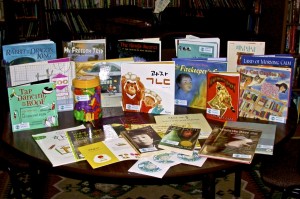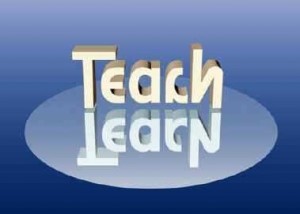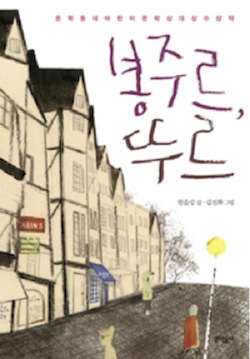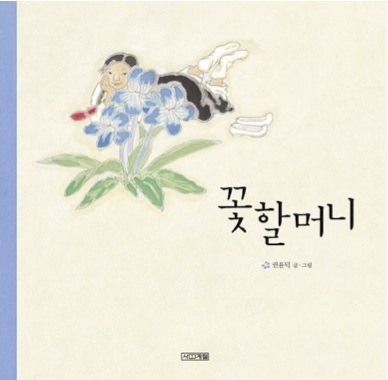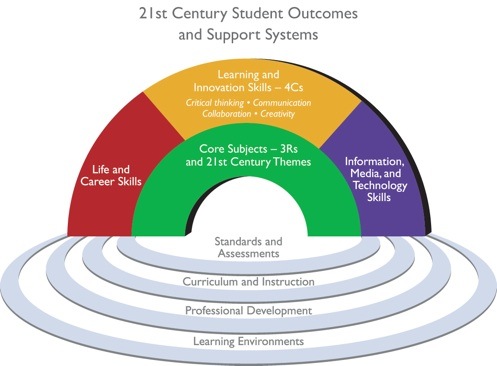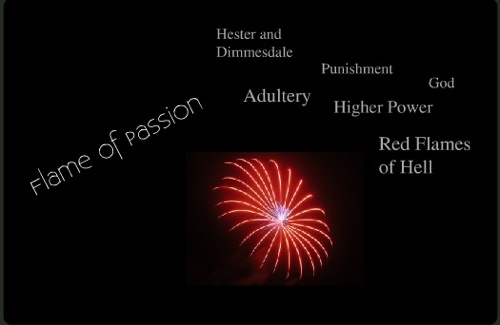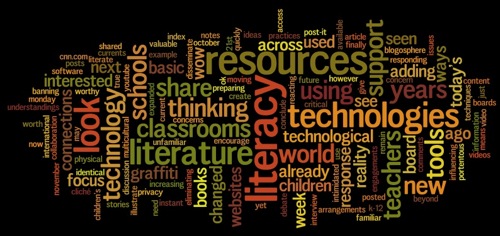Kathy G. Short, University of Arizona
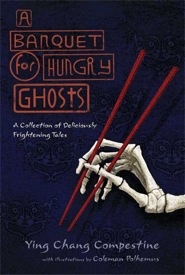
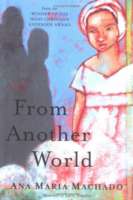
An exploration of strategies for pairing and reading books alongside each other was at the heart of my teaching in a recent global literature course. Once I realized the power of reading books within the context of other books, I brainstormed pairings that could be productive to explore and made stacks of books that I sorted and resorted to find different points of connections. I was intrigued by how my understandings of a book shifted when that book was juxtaposed with different books. The significance of perspective quickly became clear—the most interesting pairings were ones where the two books offered distinctly different perspectives on a particular event, culture, theme, or issue. The two books needed to challenge each other in some way, not simply be connected by a surface-level topic.
Continue reading


